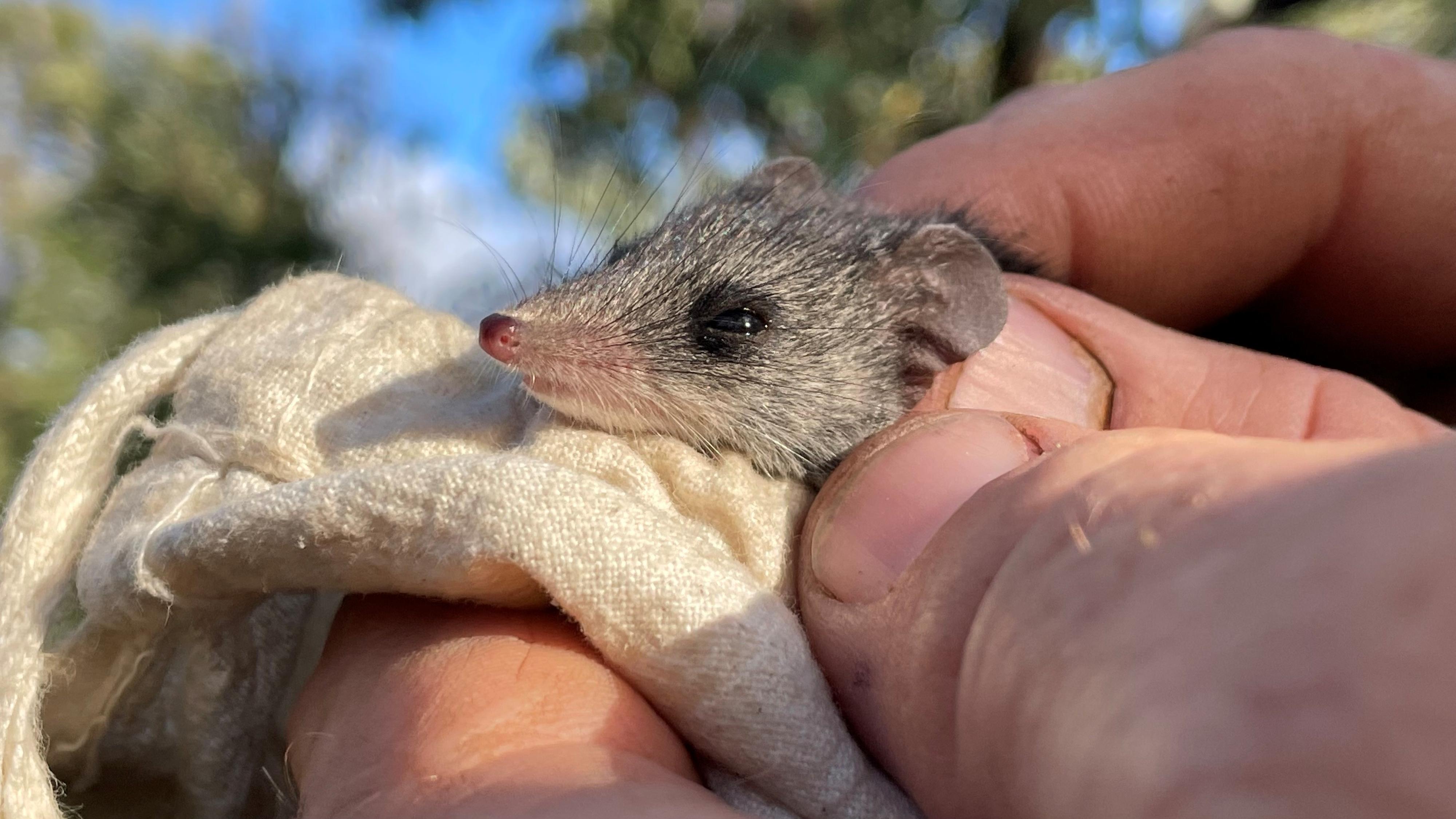Media release
From:
Conservation: Feral cats pushing critically endangered marsupial further towards extinction *IMAGES AND VIDEOS*
Predation by feral cats is putting the critically endangered Kangaroo Island dunnart – a small, mouse-sized marsupial found only on the Kangaroo Island off South Australia – to the brink of extinction. The study, published in Scientific Reports, highlights the urgent need to protect vulnerable species from feral cat predation, particularly following natural disasters such as bushfires.
There are estimated to be only around 500 Kangaroo Island dunnarts (Sminthopsis aitkeni) left on Kangaroo Island, which is located off the South Australia coast. The island suffered significant damage during the 2019-20 bushfires and 98% of the dunnart’s habitat was severely burnt. Feral cat predation poses a significant risk to many native Australian species, but it has not yet been confirmed whether cats are a threat to Kangaroo Island dunnarts.
Louis Lignereux and colleagues investigated the impact of feral cat predation on Kangaroo Island dunnarts by assessing the stomach contents and digestive tracts of 86 feral cats that were captured between February and August 2020 in specially designated conservation areas on the island. All cats were captured as part of the national feral cat control programme, and were euthanised in accordance with South Australia animal welfare laws. The authors identified the remains of eight individual Kangaroo Island dunnarts in the digestive systems of seven different cats (8.1% of sampled cats).
These findings represent the first confirmation that feral cats do prey on Kangaroo Island dunnarts, and suggests they are efficient hunters of this species given the small numbers of dunnarts that remain following the bushfires. The combined pressures of a small, isolated population, natural disasters like bushfires, and predation from introduced predators such as feral cats could lead to the extinction of this vulnerable species, according to the authors. They highlight the need to maintain control of feral cat populations in areas home to threatened species.
Multimedia




 Australia; SA
Australia; SA



